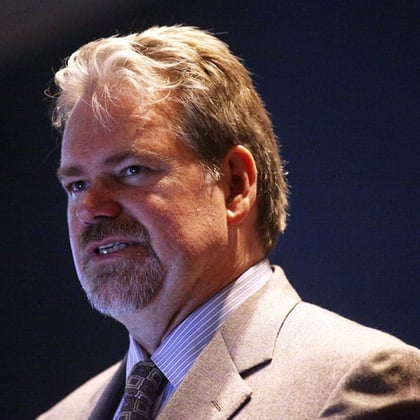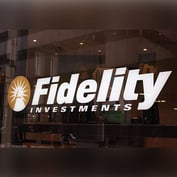What You Need to Know
- A stock is in bubble territory when its price is based on implausibly optimistic assumptions.
- Another bubble indicator, according to Arnott: when the marginal buyer of a stock doesn't care about valuation models.
- He forecasts a 1.9% average annual nominal return over the next 10 years.
“There are bubbles galore” in the current stock market, says Rob Arnott, founder of Research Affiliates Research Affiliates, a Newport Beach, California, firm that specializes in smart beta and asset allocation investment strategies.
In a recent wide-ranging webinar, Arnott expounded on this opinion, noting first that a stock is in bubble territory when its price is based on “implausibly optimistic assumptions,” using a discounted cash flow valuation model, and when its marginal buyer doesn’t care about valuation models.
Netflix, Facebook, Tesla and GameStop shares are bubbles because the average marginal buyer doesn’t pay any attention to valuation models, Arnott said.
“The relative assumptions you’d have to make to justify Tesla valuation are pretty extravagant,” Arnott said. Applying the highest profit margin among the eight largest automakers over the next 10 years to Tesla would yield a value of $430, according to Arnott. That’s 27% lower than Tesla’s closing price of almost $590 on Friday. Tesla’s share price has already fallen 33% from a late January high of over $883, but according to Arnott, it is still overpriced.
“Tesla will survive and be big,” Arnott said, “but is it worth more than the next nine automakers? No.”
Tesla was among the 10 largest publicly traded companies by market capitalization at the beginning of the year, but it likely won’t be in 10 years, according to Arnott. He showed a chart of the top 10 stocks by market cap for every 10-year period between 1980 and 2010.









 May 14, 2021 at 04:46 PM
May 14, 2021 at 04:46 PM












 (Chart: Research Affiliates)
(Chart: Research Affiliates)